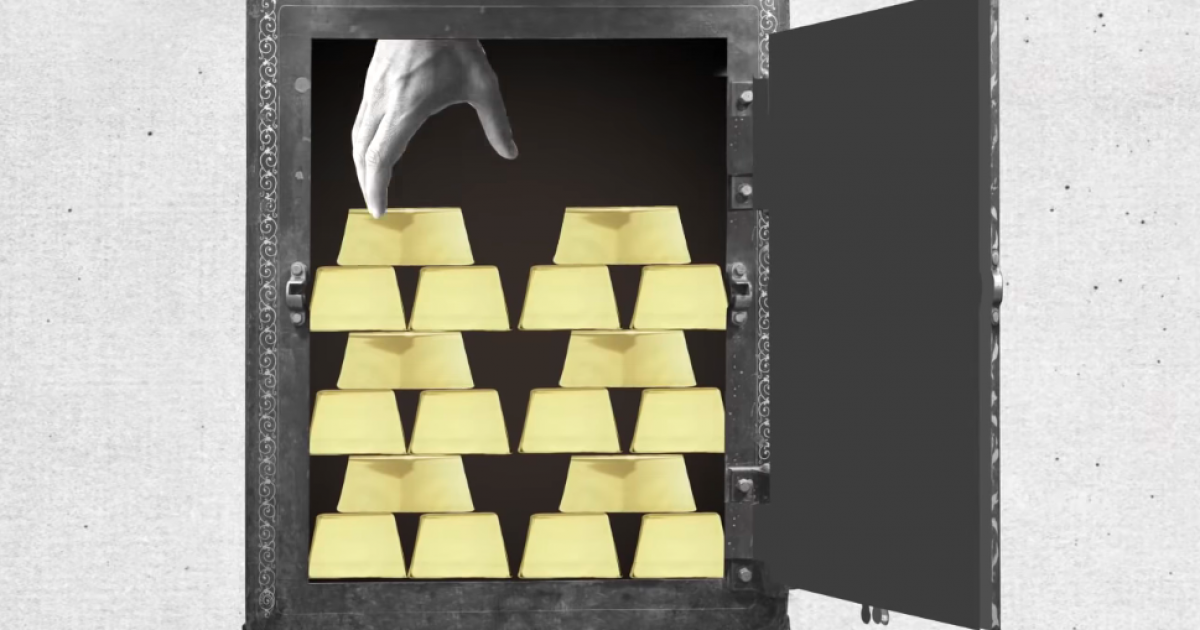
America is in uncharted economic waters.
After state governments decided to lockdown in response to the Wuhan virus pandemic, America underwent a significant economic upheaval that resulted in the loss of jobs for millions of Americans and the closure of countless small and medium-sized businesses. Big business, thanks to its vast resources and ability to lobb, was able to pressure legislators to carve out numerous exemptions in order to stay open.
In addition, the current economic upheaval began to see policymakers worldwide discuss how the world economy should be re-organized on technocratic lines. The most notable case being the People’s Bank of China rolling out its first virtual platform to accept the digital yuan.
As Schiff Gold noted, there is nothing new about a digital money:
Digital currency is nothing more than a virtual banknote or coin that exists in a digital wallet on your smartphone instead of a billfold or a purse. Digital currencies issued by central banks are backed by the state, just like traditional fiat currency.
China is not alone in trying to experiment with digital countries. Other countries whose ruling classes are enthralled by China’s top-down rule and want to replicate it with certain Western characteristics want to implement some form of digital money. American officials are now talking about using a digital dollar as a response to the economic uncertainty brought about by the Wuhan virus-related lock downs. Democrat officials have put forward measures for stimulus payments that involve digital currency being deposited into digital wallets.
At its core, the move to digital currency is part of a new “war on the cash” where the ruling class wants to eliminate one of the safest and most private ways of conducting business. By creating a new digital currency, governments would then have a potential tool for tracking and controlling the spending habits of millions of consumers. Schiff Gold also pointed out that a digital currency would “make it even easier for central banks to engage in manipulative monetary policy such as negative interest rates.”
Negative interest rates have been discussed among central bank technocrats in recent times. Such a concept would be incredibly bizarre because a negative interest policy would be unrealistic due to how most people would shift to cash holdings as a way to protect their wealth.
However, in a piece by Kristoffer Mousten Hansen at the Mises Institute, he observed that a centralized digital currency would make it easier for negative interest rates to be implemented:
With a centrally controlled digital currency, this problem would disappear. The central bank could set a limit on how much each person and company could hold cost-free, and above this limit, they would have to pay whatever negative interest rate (or “remuneration,” as the ECB insists on calling it) is consonant with central bank policy. In this way, holding cash would not obstruct monetary policy, as the cash holdings would be fully under the control of the central bank.
Indeed, a digital currency represents a major bait-and switch in the sense that it blends advanced technology, generally a good thing, but mixes it with globalist technocracy. By having millions of people subject to a digital currency, the ruling class will have a much easier time micro-managing and tracking people’s behavior. More to the point, this creates more vectors of control where technocrats can poke and prod individuals and modify their behavior so that it comports with establishment norms.
Instead, a sane society based on sound money would promote cryptocurrencies (organic forms of aspiring currencies) or gold (history’s most proven money). But we’re far from that in the present. One thing is certain though: A digital dollar is no solution to our problems.
In fact, it will likely magnify current problems and also create new ones.



